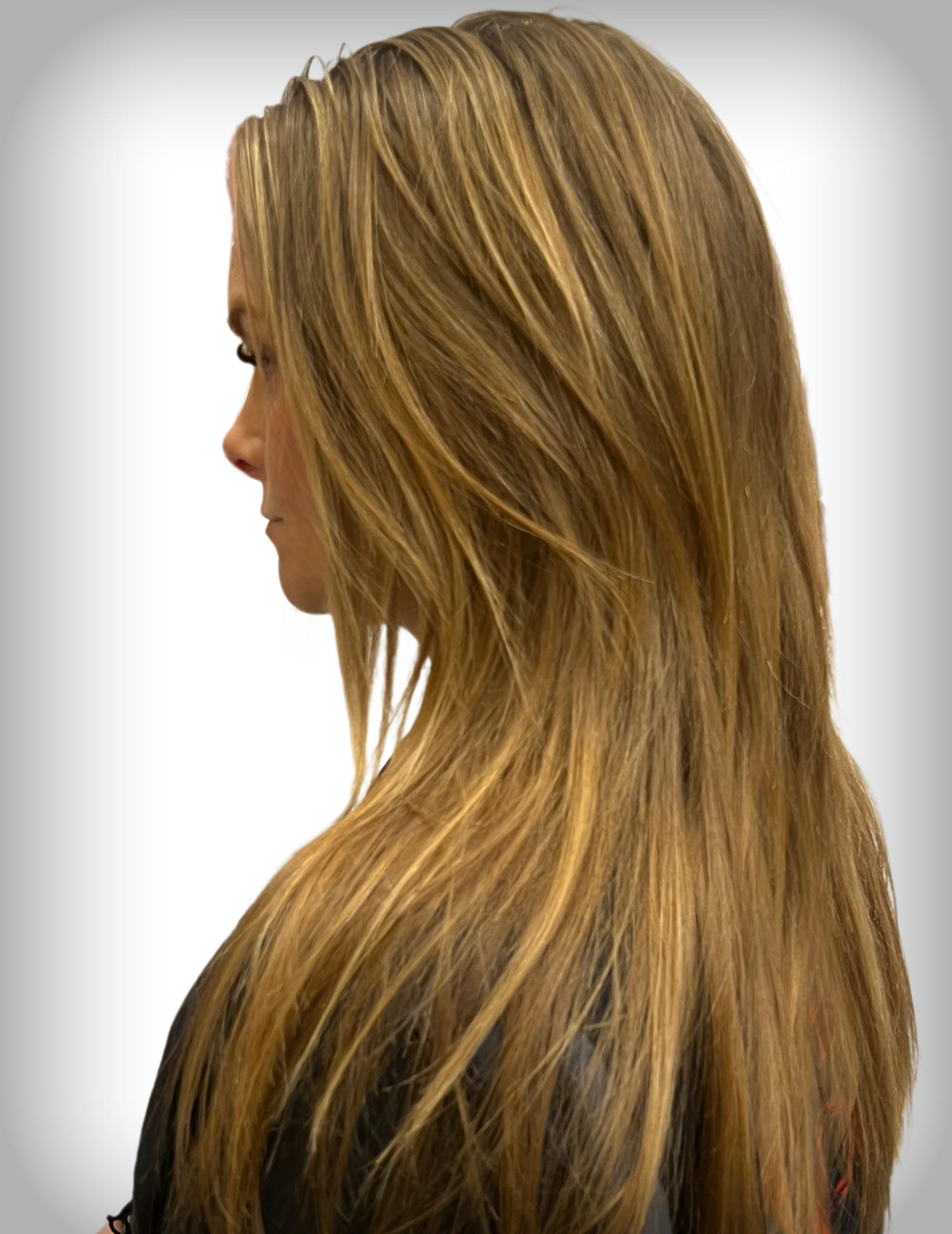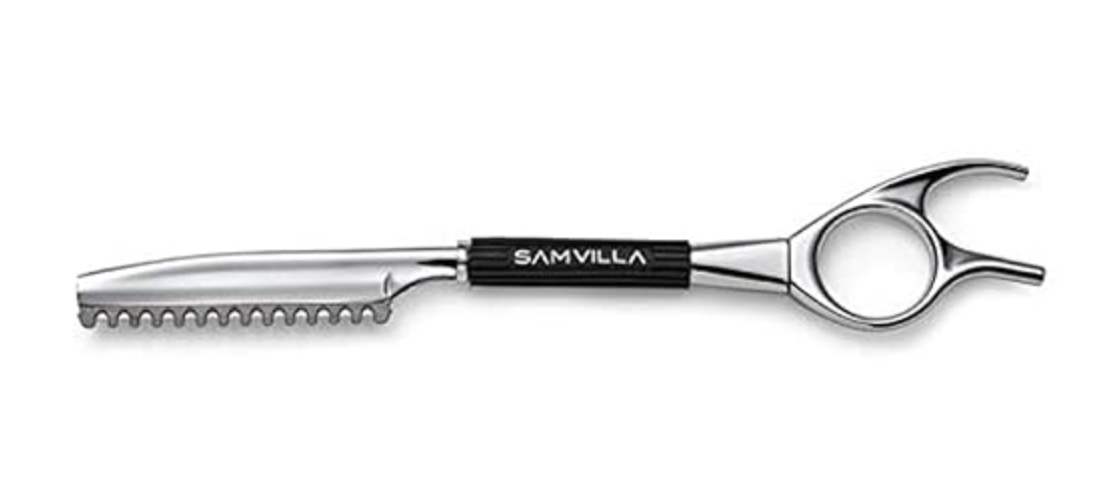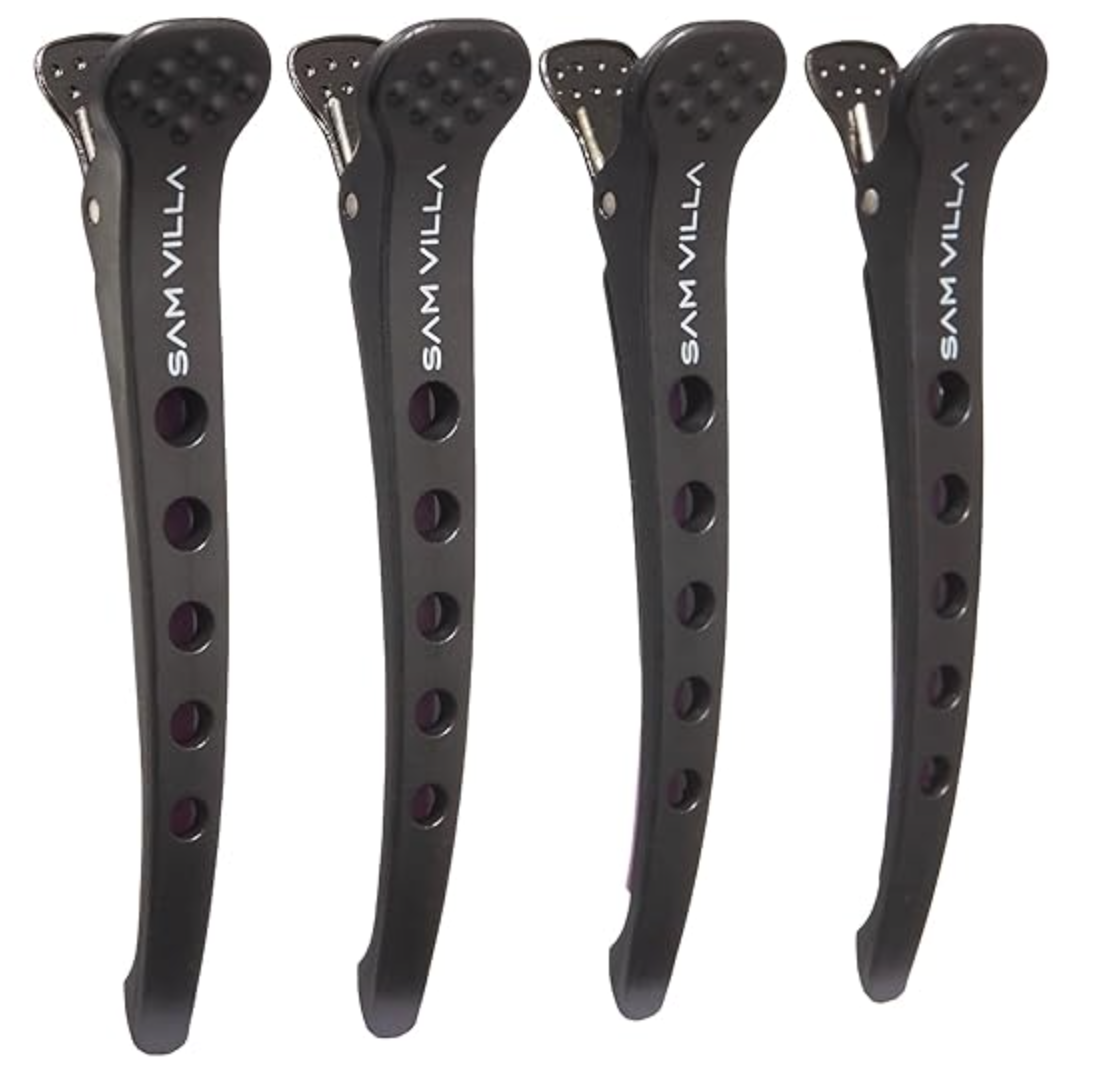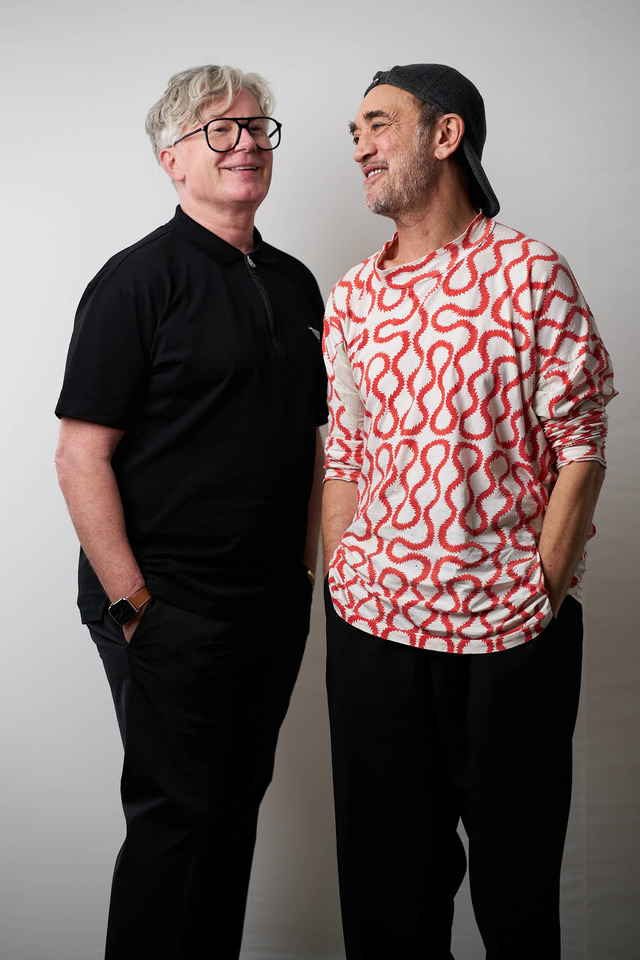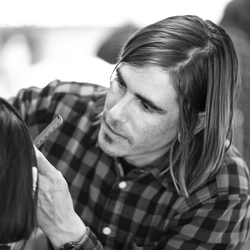Razor cutting has long been a go-to for stylists who want to soften texture, build movement, and break away from overly structured silhouettes. But if you're ready to take your razor skills to the next level, Sam Villa is sharing a technique that blends the technical with the visual—and the result is effortless, seamless layers with just the right amount of “controlled chaos.”
In his latest free tutorial, Seamless Layers: A Razor Cut Technique, Sam Villa—Co-Founder and Chief Creative Officer of Sam Villa®, and Global Artistic Ambassador for Redken—demonstrates Shift Cutting, a dry cutting method using the Sam Villa Signature Series Razor that creates visual movement, preserves length, and leaves the hair with a soft finish.
“This method has you working with an erratic sectioning pattern that creates integrity and movement in the hair — it’s visual and tactile, not just technical,” says Villa.
Shift Cutting is ideal for clients with long, one-length hair who want more movement without compromising their length—or committing to fringe. It’s especially useful for guests who aren’t sure about layers but still crave a softer shape and lightweight volume.
What Is Shift Cutting?
At its core, Shift Cutting is about building seamless, ghost-like layers into the interior of the hair, without creating visible lines or removing weight from the perimeter. The technique uses a mix of intentional sectioning, visual balance, and precise body positioning to create a cut that looks and feels natural—even though it's structured by design.
Note: Do not do this technique twice in a row. Rotate with point cutting every other appointment to create balance and then Shift Cut the next time.
The Shift Cutting Breakdown
Sectioning:
Hair is divided into five vertical sections. Each section is then broken down into smaller subsections, which are cut dry using a razor. What makes Shift Cutting unique is that these subsections are cut in alternating directions—first right to left, then left to right. This switching pattern is what gives the layers a natural, effortless flow.
Control + Direction:
To stay organized throughout the cut, Sam Villa Dry Sectioning Clips are used to:
- Hold the five primary sections in place
- Separate cut hair from hair yet to be cut
- Act as visual cues for direction—clips are inserted facing the way each last section was cut
This helps maintain rhythm and ensures each movement is consistent as you switch cutting directions.
Where to Cut:
To determine where to place the shortest part of each layer, hold the hair and bend it into a “C” curve—where the curve ends is where the shortest part of the layer should land.
Each subsection is divided into four parts:
- The first three are cut
- The last one is left untouched to preserve length and softness
If a client has less density in the front, reduce to two cutting sections instead of three. The number of cutting zones may also shift behind the ear, depending on how dense the hair is.
Razor Technique:
The razor is a sensitive tool—how you hold it matters. Sam reminds us that the razor responds to touch:
“The tighter it’s held, the more hair it cuts, so relax hands and hold it softly.”
To control tension:
- Rest the middle finger over the index finger to create more tension during cutting
- Avoid holding the razor perpendicular to the hair—use a soft angle to slice through the section gently
Shift Your Body, Too:
If you’re right-handed and cutting from left to right, shift your own position. Stand on the opposite side of the head to maintain control and angle the cut from short to long comfortably. Adjusting your stance keeps your wrist relaxed and your line consistent.
Around the Hairline:
For the front of the head, work in diagonal sections. Over-direct the hair back and cut from short to long, so the final shape naturally falls away from the face. It’s a great way to frame without fringe.
Why It Works: Movement Without Commitment
Shift Cutting delivers everything hesitant-to-layer clients want: movement, softness, and a more organic feel—without the hard lines that traditional layering sometimes brings.
“Shift Cutting is about controlled chaos…understanding the why behind the different angles allows you to approach seamless or ghost layers from a different perspective,” explains Villa. “There’s danger in the comfort zone!”
Important Note: Don’t Use This Technique Every Time
For balance and variety in shape, Villa recommends alternating Shift Cutting with point cutting. Use Shift Cutting for one appointment, and point cut during the next. This rotation helps preserve the integrity of the shape and keeps the look feeling fresh without over-fragmenting the hair.
Shop The Tools:
Sam Villa Signature Series Individual Stainless Steel Hair Cutting Razor
Sam Villa Dry Sectioning Clips
Some of the links in this post are affiliate links. This means that Bangstyle will collect a small share of the sale from any purchase you make from the products we recommend.
